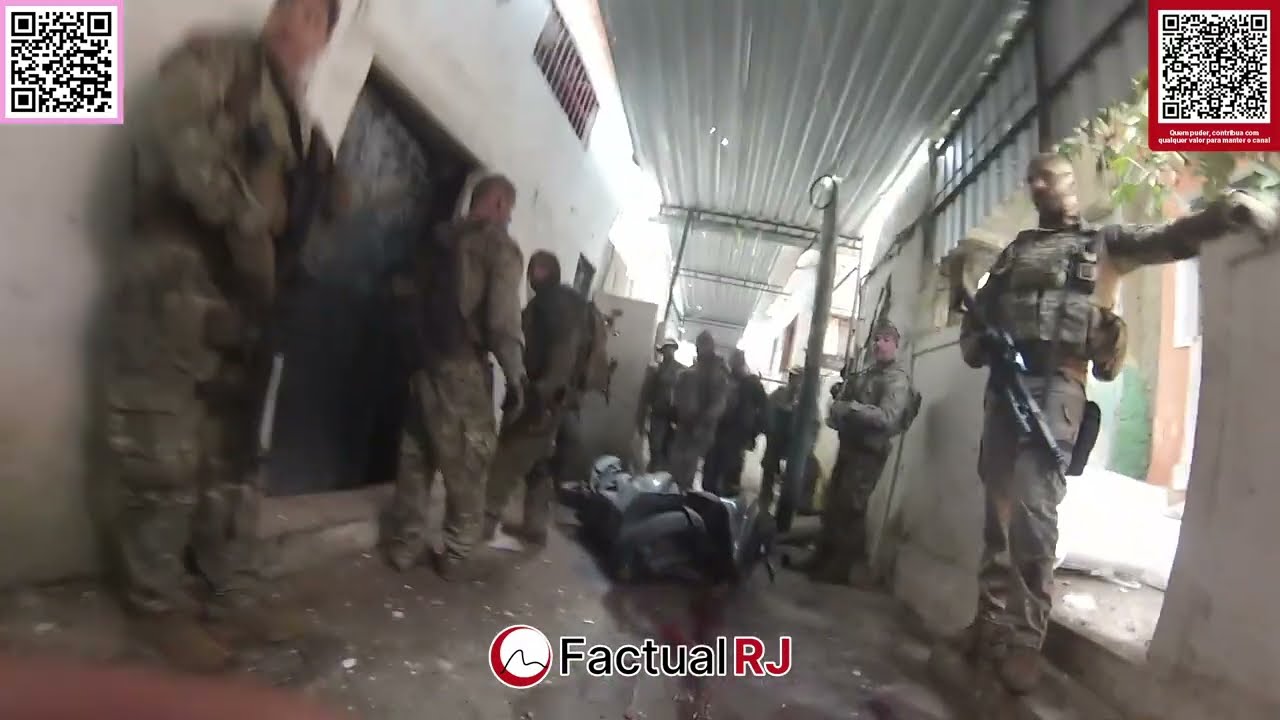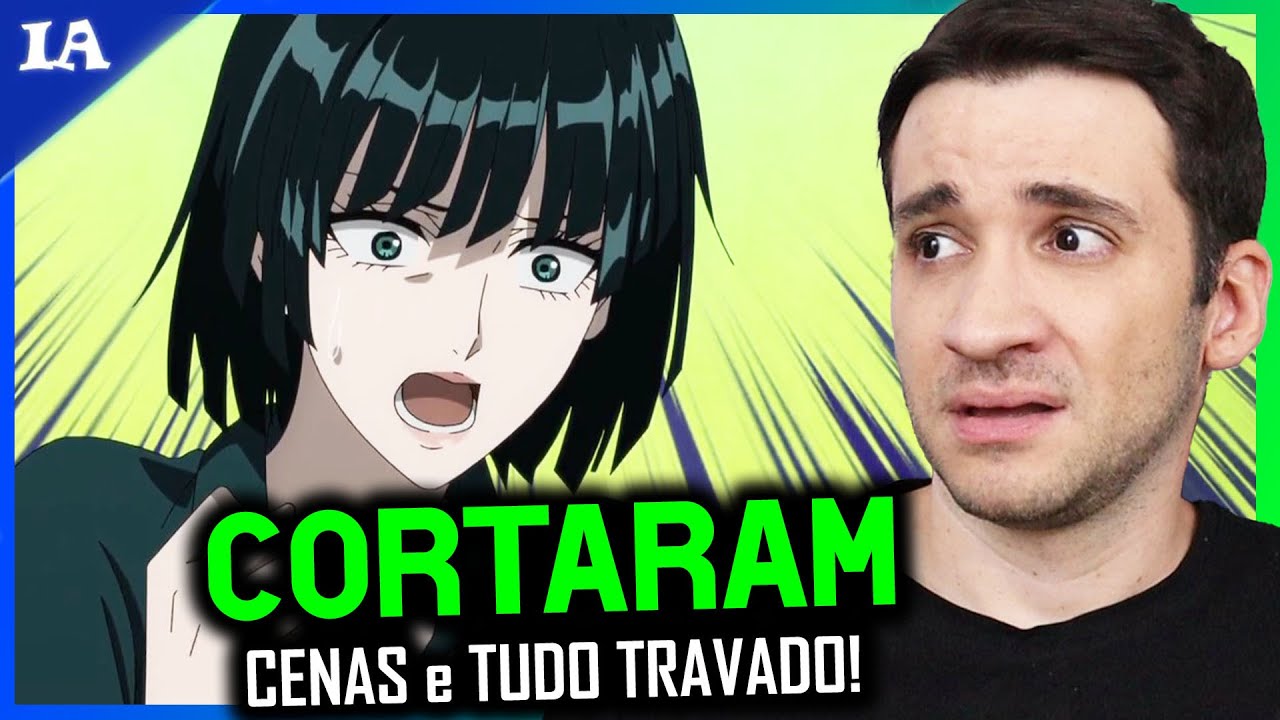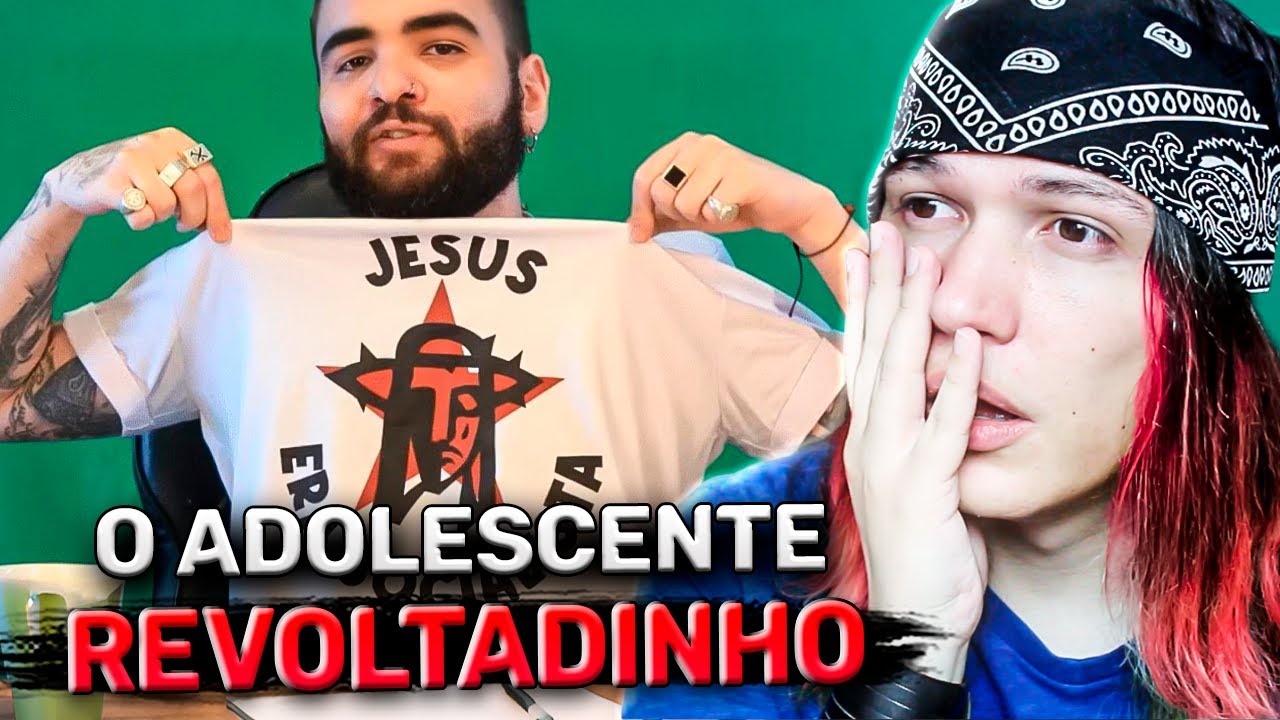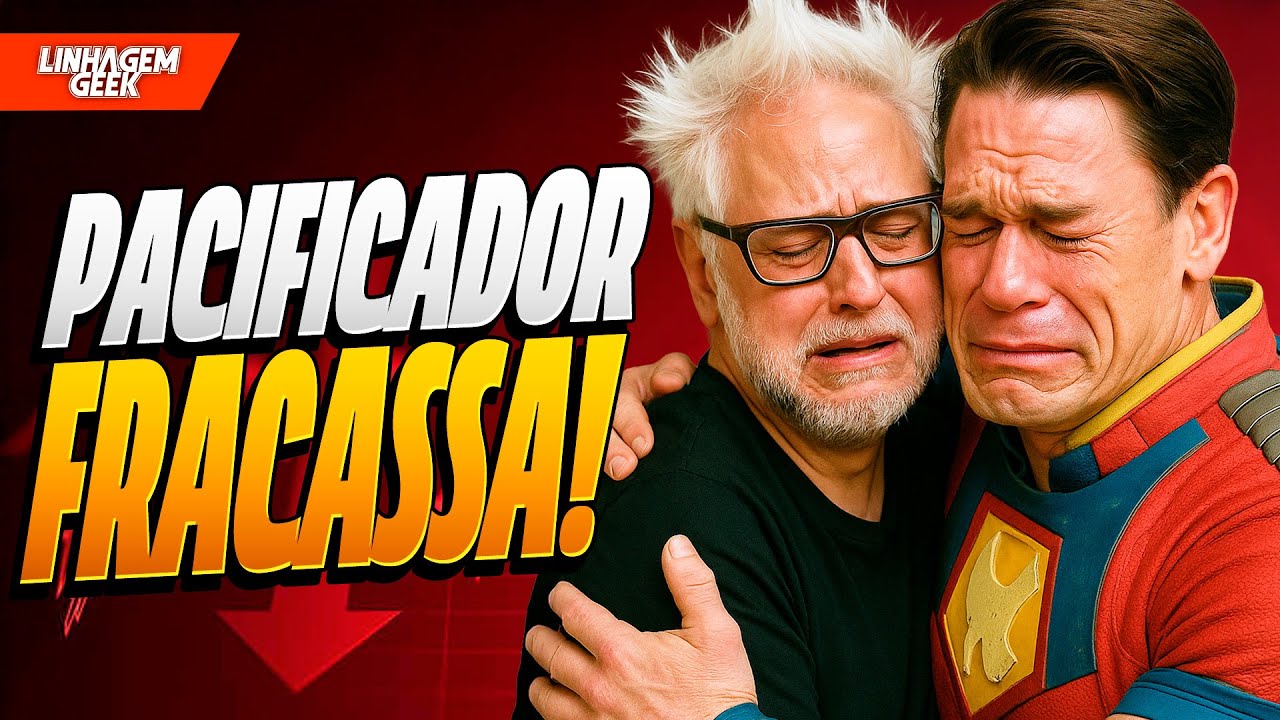PASSEIO PELAS MURALHAS E PORTÕES DE JERUSALÉM! Israel com a Aline
0Shalom and welcome back to Israel with Aline! We are here at the side of the walls of the Old City of Jerusalem, because this is the subject of today. We are going to see the walls, we are going to see some of the gates, and we are going to see what it is like on top of the walls, because we’re going to walk over them. So if you are ready, let’s get started! We will start today’s tour here at Zion’s gate wich we can see on the map below. Now why is this gate called Zion’s gate? Because when we enter it, we are right in front of the Mount Zion, one of the most important biblical places here in Jerusalem, and so our walk will begin here, at Zion’s gate. And we are going to walk together now towards the Jaffa Gate and the Tower of David, so let’s take this walk together. Then, here on our right we can see the walls of Jerusalem. They have 2.48 miles of perimeter. On average, they are 13 yards high and the width we can’t see it from here, but we’ll see it later, when we’re walking over them. But the width of the walls is, on average, 27 yards. Now why does the city needs a wall? The ancient cities, like Jerusalem, had walls for protection. Jerusalem alone in these last four thousand years of history, has been attacked fifty-two times. And here on the wall, we see something a little different, these little narrow windows. They are called Charachei Ieri, in Hebrew, and what are they? They are shooting windows. they are one of the protection tactics of the Old City, because whoever is inside the Old City, can use this place to shoot outside. But if you are outside the walls it is very difficult to shoot at the people who are inside the walls in that narrow space, giving an advantage for the people who are inside of the walls of Jerusalem. And let’s take advantage of this walk to talk a little bit about the history of these walls, and about the city of Jerusalem as a whole. The city of Jerusalem has almost four thousand years of history, and the walls were first built by the Jebusites three thousand and eight hundred years ago, which were a people who lived here until David conquered the city, as it is written in the second book of Samuel. And in those almost four thousand years of history, the city has been attacked, conquered and reconquered so many times, and that’s why the walls were destroyed and rebuilt many times. The last reconstruction, which is the one we are seeing here, was in the sixteenth century, made by the sultan of the Turkish Ottoman Empire who was called Sultan Suliman, the Magnificent, and so the walls that we see here, they are around five hundred years old, which for Jerusalem is relatively new, but there are older parts inside of them. For example, this brown part that we see here in the drawing, which represents the Ayubi Period, it means, the thirteenth century. So, this section that we see here pointed at the wall, it is seven hundred years old, and the pink part that we see on the drawing is the oldest part which are archaeological remains from the time of the first Temple of Jerusalem. I mean, we are talking about almost three thousand years. And they were burial caves that later, were incorporated into the wall. Guys, look how amazing is the stone back here, come with me. We can see that there are some letters on this stone, because this stone was recycled. Originally it was a board written by the Tenth Legion Frensis , the ten is the X. Who is this Legion? This Legion was the Roman Legion that destroyed the Temple of Jerusalem almost two thousand years ago. They made this board somewhere in Jerusalem. Centuries have passed, and the Ottoman Turks took this stone and used it in the construction of the wall. How cool is that? And we are now arriving in the zone of the Yafo Gate. And there are some amazing things here, among them the Tower of David, which was actually built by King Herod. Here in front of us, we can see the Jaffa Gate, one of the eight gates of the Old City of Jerusalem. Today we are going to see four of them, and of the eight gates, seven we use in our daily life. And there is one gate which is the Golden Gate, which it is sealed, and which we have already seen in another video. And here inside the walls, we can buy a fresh baked bread roll before we start our tour, and we have to buy our ticket to be able to go up the walls. At this little place here they sell them, for twenty shekel, which is the equivalent of about thirty two reais or six dollars. Then, guys, let’s start the climb. Here we start to have a completely different view of the Old City of Jerusalem. We are walking right now on top of the Jaffa gate. But why its name? Because of this street, this street is also called Jaffa or Joppa, which is the name of a biblical city, because from here the the road that connected Jerusalem to Joppa went out, and that is why the name of the gate, and also the name of the street that until today connects to Jaffa by the way. The old city of Jerusalem, is about one square kilometer and it is divided into four neighborhoods: the Muslim quarter, the Christian Quarter, the Armenian Quarter and the Jewish Quarter. And the path that we are going to take together now it’s going to be from from the Jaffa gate, to the Damascus gate, so we are going to pass practically all the Christian neighborhood. Here on our right, we are passing by an olive tree, by the way Shalom to all the people with the last name Oliveira, who are watching us, and we can see these little olives. It is not yet the season so they are still small. And even though the Old City is so tight of space, it still has a little bit of agriculture. We can see some mini orchards and some fruit trees inside the Old City. And one of the residents of Old City of Jerusalem is coming to say hello to us. We see a kitten here, and when you come to Israel, you’ll see cats all over the country, why? Where did they come from? They are here thanks to the british, a hundred years ago, England conquers Israel. And at that time, there were a lot of rats here. So the British decide to release cats to decrease the rat population. The rats are no longer here nowadays, but the cats are still here, and as you can see, they are gentle, they are loved and they are already part of the landscape of Israel today. And down here we are seeing a sports court that belongs to this school, which is a Christian school. The Old City of Jerusalem, it is not a museum, it is part of the city to this day forty thousand people live in the Old City of Jerusalem. This means that it has grocery stores, it has schools, it has a pharmacy, it has a health center, it has city offices from the city hall. I mean, we we have a functioning city, a city full of life! Here we can also see a little bit of the coexistence of the city. As we said, this is the Christian neighborhood. But this dome on our right, it is part of a mosque, I mean, we see Muslim places in the Christian quarter, as Christian places in the Jewish quarter, I mean, yes there is a mixture between them. And here, between this gap in the wall, we can see this building, with these grayish blue windows. And this is where the story of the nun’s teeth took place. If you don’t know what I’m talking about and haven’t seen the video, I’ll leave the link above for you guys. And seeing the LRV (light rail vehicle) passing here also shows us the interesting mix, that is the old and the new here in Jerusalem. We are now passing over the New Gate, we will see it now from the outside very quickly, and why the name of it? Because it was built last, it was opened on the walls, this gate was only opened in the year one thousand eight hundred and eighty-nine. I want to thank my father who is doing all this walk here with me today, say hello to him too! And it’s a good time to tell you guys, this is a beautiful ride, but consider that it is a hard walk to do: there is walking, stairs that go up and down, it is in the sun, especially in the summer, which summer is hot, in the winter it can rain, so, yes, it is a walk that you have to be physically prepared for it. Even here we can see these holes in the wall, these are marks of gunfire and remind us how many wars Jerusalem has been through, as we said, Jerusalem was attacked fifty-two times and so, we remember the Psalm fifty-one, eighteen: which in Portuguese is: “Do good to Zion, according to your good will; build the walls of Jerusalem.” We see the Psalms themselves talking about the rebuilding of these walls, and so these walls are essential for Jerusalem in biblical times, and we can say even today. We are at one of the highest points in the Old City of Jerusalem and we get a beautiful view! And that includes of course, the Dome of the Rock, this dome was made with more than one hundred and seventy-six pounds of gold, built on the Mount of the Temple , this blue plate is a reminder that the Old City of Jerusalem is a normal city. This is an advertisement for a dentist’s office, again, this is part of a normal city. And this also has dentists. And these are the stairs leading to the Damascus gate. The gate just that we are standing on it right now, and the name of this gate is because from here was the road to the biblical city of Damascus, which is now in Syria. We come down from the walls and we are now in the Arab marketplace of the Damascus Gate. And you can see that everything is sold here and we also can see that life has returned to normal. So it’s really cool to see the movement of people here , but let’s turn around and let’s go outside the walls. So we are now going to cross the Damascus Gate and see it from the outside. This gate like most of the walls, is five hundred years old, but if we look down here, we see an archaeological excavation and here were found the remains of the original gate from the Roman Period. Guys, you don’t know the heat that I am feeling right now but I hope you have enjoyed our walk on the Walls of the Old City of Jerusalem! I want to thank my father, he is here on my the side too, [Jorge] Celebrating Aline’s Birthday! Yeah, today on the day of the recording is my personal birthday, so thank you so much, don’t forget to subscribe here on the channel! And leave that like as a birthday gift, A kiss and until next time!







